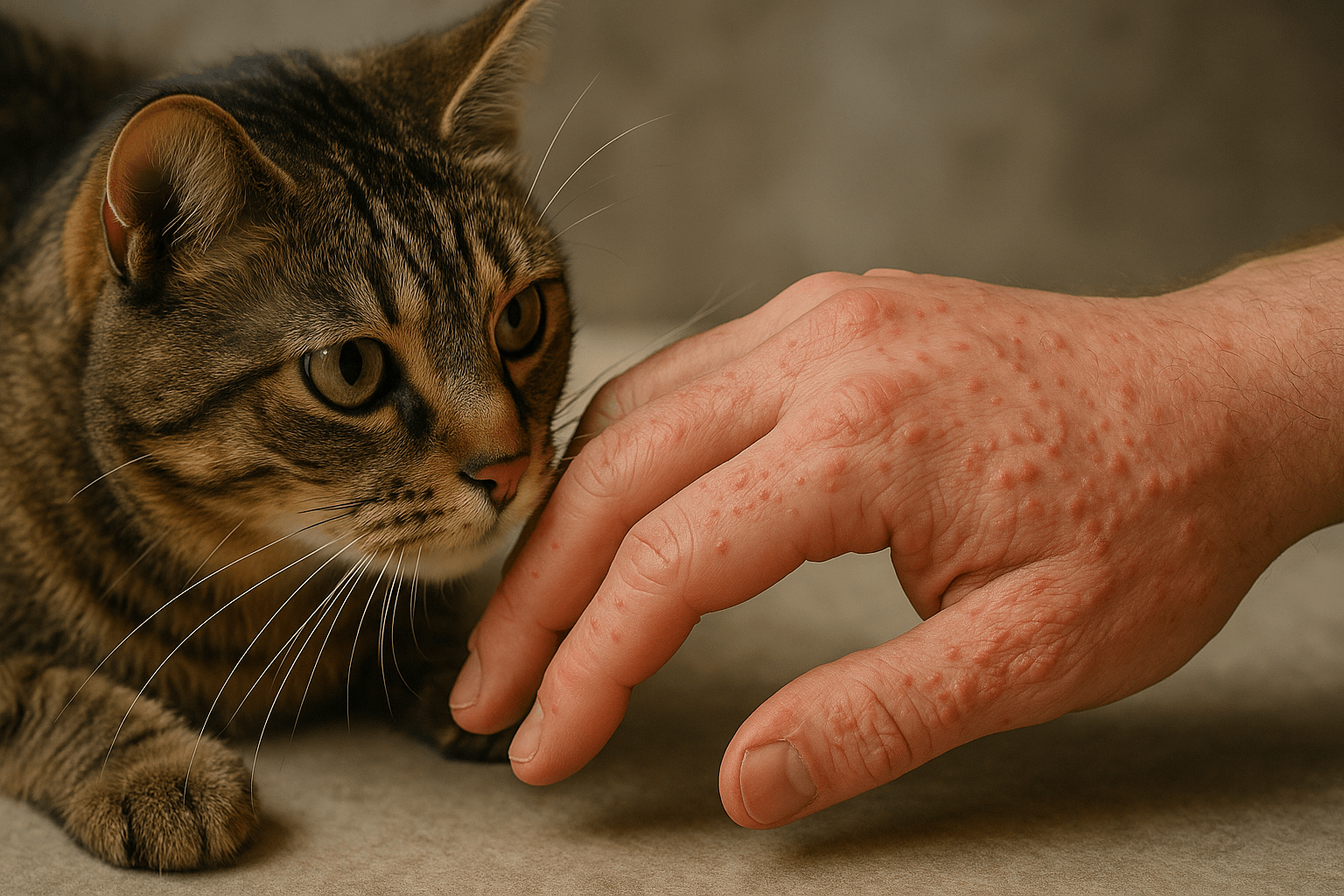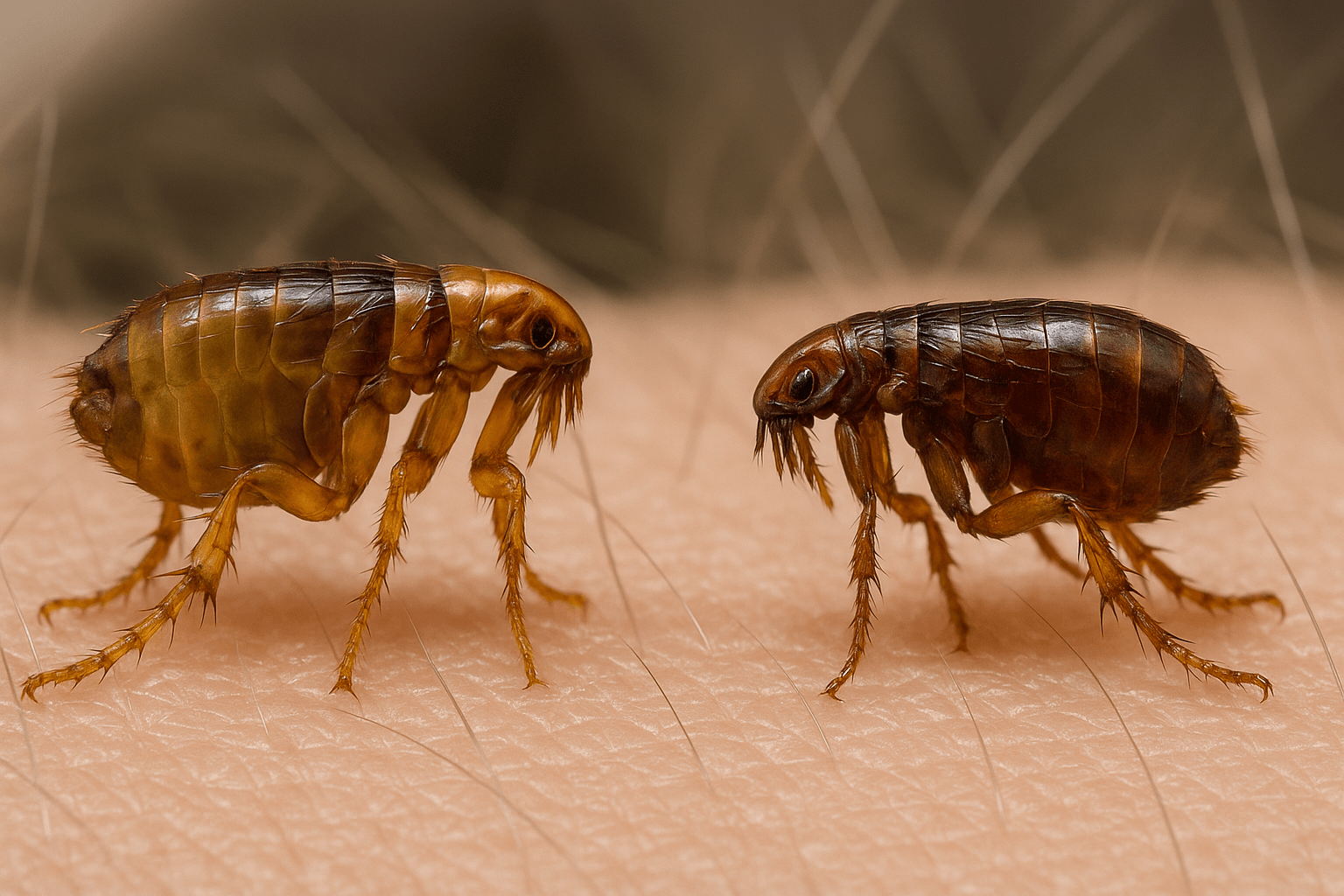Copperhead Snake Bite in Dogs: What You Need to Know
Encountering a copperhead snake can be a frightening experience, especially if your dog is bitten. Copperhead snakes are venomous and commonly found in many parts of the United States, making them a potential threat to pets who spend time outdoors. While their bites are rarely fatal, they can still cause significant discomfort, pain, and complications if not treated promptly. As a responsible pet owner, it’s essential to understand how to identify a copperhead snake bite, recognize the symptoms, and take immediate action to ensure your dog receives the care they need. In this guide, we’ll walk you through everything you need to know about handling a copperhead snake bite in dogs, from first aid to long-term recovery tips.
Signs and Symptoms of a Copperhead Snake Bite
Knowing the signs of a copperhead snake bite is critical for quick identification and treatment. These symptoms may vary depending on the size of your dog, the location of the bite, and the amount of venom injected. Here are the most common indicators:
Swelling at the Bite Site : The area around the bite will often swell quickly and may feel warm to the touch.
Pain and Discomfort : Dogs typically show signs of pain, such as whimpering, limping, or licking the affected area.
Visible Fang Marks : Two small puncture wounds may be visible where the snake bit your dog.
Vomiting or Diarrhea : Some dogs may experience gastrointestinal upset as a reaction to the venom.
Lethargy or Weakness : Your dog may appear unusually tired or unsteady on their feet.
If you notice any of these symptoms after your dog has been outside in an area where copperheads are present, act quickly to minimize the effects of the venom. Early intervention can make a significant difference in your dog’s recovery.
First Aid Steps for a Copperhead Snake Bite
While professional veterinary care is essential, there are steps you can take immediately after a copperhead snake bite to stabilize your dog and reduce the risk of complications. Follow these guidelines carefully:
Stay Calm and Reassure Your Dog : Keep your dog as calm as possible to slow the spread of venom through their bloodstream.
Keep the Bite Area Below Heart Level : Position the bitten limb or area lower than the heart to reduce blood flow to the site.
Do Not Apply a Tourniquet : Restricting blood flow can cause more harm than good and is not recommended for snake bites.
Avoid Cutting or Sucking the Wound : These outdated methods can lead to infection and further injury.
Seek Veterinary Help Immediately : Transport your dog to the nearest vet clinic or emergency animal hospital without delay.
Remember, first aid is only a temporary measure. Professional treatment is necessary to address the effects of the venom and prevent long-term damage.
Check this guide 👉Rattlesnake Bite Dog Symptoms: Best 7 Health Tips!
Check this guide 👉Understanding Dog Spider Bite Symptoms: Best 7 Health Tips!

What to Do for a Copperhead Bite | What Not to Do for a Copperhead Bite |
|---|---|
Keep your dog calm and quiet | Panic or allow your dog to run around |
Call the vet immediately | Attempt to suck out the venom |
Keep the bite below heart level | Apply ice or heat to the wound |
Monitor your dog’s symptoms | Give medications without vet approval |
Transport your dog safely | Delay seeking professional help |
Treatment Options for Copperhead Snake Bites
Once you’ve reached the veterinarian, your dog will receive specialized care to counteract the effects of the venom. Treatment may vary based on the severity of the bite and your dog’s overall health. Here’s what to expect:
Antivenom Administration : Antivenom is the most effective treatment for neutralizing snake venom and preventing further complications.
Pain Management : Veterinarians may prescribe pain relievers to keep your dog comfortable during recovery.
Antibiotics : To prevent infection at the bite site, antibiotics may be prescribed as part of the treatment plan.
IV Fluids : Intravenous fluids help maintain hydration and support your dog’s circulatory system.
Monitoring and Observation : Your dog may need to stay at the clinic for observation to ensure there are no adverse reactions.
With prompt and proper treatment, most dogs recover fully from copperhead snake bites. However, follow-up care is crucial to monitor for any lingering effects.
Preventing Copperhead Snake Encounters
The best way to protect your dog from a copperhead snake bite is to minimize the chances of an encounter. Here are some practical tips to keep your furry friend safe:
Avoid Tall Grass and Wooded Areas : Copperheads often hide in tall grass, underbrush, and wooded regions. Stick to cleared paths during walks.
Supervise Outdoor Time : Always keep an eye on your dog when they’re exploring outside, especially in snake-prone areas.
Use Snake Deterrents : Consider using natural deterrents like cedar chips or commercial snake repellents around your yard.
Train Your Dog : Teach commands like “leave it” or “come” to prevent them from approaching snakes or other wildlife.
Install Fencing : Secure your yard with snake-proof fencing to reduce the risk of snakes entering your property.
By taking these preventive measures, you can significantly reduce the likelihood of a dangerous encounter between your dog and a copperhead snake.
Debunking Myths to Ensure Proper Care
There are several misconceptions about copperhead snake bites that can lead to improper treatment or unnecessary panic. Understanding the facts is crucial for making informed decisions in an emergency. Here are some common myths and the truth behind them:
Myth: Copperhead bites are always deadly.
Reality: While venomous, copperhead bites are rarely fatal if treated promptly by a veterinarian.Myth: Cutting the wound helps remove venom.
Reality: Cutting the wound can cause infection and further harm without effectively removing venom.Myth: Applying ice reduces venom spread.
Reality: Ice can damage tissue and does not neutralize venom. Instead, keep your dog calm and seek professional help.Myth: Small dogs are more at risk than large dogs.
Reality: Size does matter, but even large dogs can suffer severe reactions depending on the bite location and venom dose.Myth: Copperheads only bite in summer.
Reality: Copperheads are active from spring through fall, and encounters can happen during any warm month.
By understanding these facts, you can avoid harmful mistakes and focus on providing the best care for your dog.
Understanding Potential Complications After Recovery
While most dogs recover fully from a copperhead snake bite, some may experience long-term effects depending on the severity of the bite and the treatment received. Here’s what to watch for during your dog’s recovery:
Tissue Damage : Venom can cause necrosis (tissue death) around the bite site, leading to scarring or slow healing.
Limping or Mobility Issues : Swelling or nerve damage near joints may temporarily affect your dog’s ability to walk normally.
Behavioral Changes : Some dogs may become more anxious or fearful after the traumatic experience.
Infection Risks : Even with antibiotics, there’s still a small chance of infection if the wound isn’t properly cared for.
Allergic Reactions : Rarely, dogs may develop sensitivities or allergic responses to the venom over time.
Monitoring your dog closely and scheduling follow-up visits with your vet can help address any lingering issues and ensure a smooth recovery.
Proactive Measures to Keep Your Dog Safe During Peak Months
Snake season typically runs from spring through early fall, when snakes are most active. Preparing ahead of time can help reduce risks and keep your dog safe during this period. Here are some practical steps to take:
Educate Yourself on Local Snakes : Learn which venomous snakes are common in your area and their typical habitats.
Invest in Snake Aversion Training : Some trainers offer specialized classes to teach dogs to avoid snakes altogether.
Check Your Yard Regularly : Remove debris, tall grass, and other hiding spots where snakes might reside.
Keep Your Dog on a Leash : When hiking or walking in wooded areas, always keep your dog close to prevent accidental encounters.
Have an Emergency Plan : Know the location of the nearest 24-hour veterinary clinic and save their contact information.
By taking these precautions, you’ll be better equipped to handle potential snake encounters and minimize risks to your dog during snake season.
Frequently Asked Questions About Copperhead Snake Bites in Dogs
Are copperhead snake bites fatal to dogs?
While copperhead bites are rarely fatal, they can cause serious health issues if left untreated. Immediate veterinary care is essential.
How long does it take for symptoms to appear?
Symptoms typically appear within minutes to hours after the bite, depending on the amount of venom injected.
Can I treat a copperhead bite at home?
No, home treatment is insufficient. Professional veterinary care is required to address the venom’s effects.
How much does treatment for a snake bite cost?
Costs vary depending on the severity of the bite and the treatments required, but antivenom and hospitalization can be expensive.
Can dogs develop immunity to snake bites?
No, dogs do not develop immunity to snake bites. Each bite requires immediate medical attention.
Stay Vigilant and Prepared to Protect Your Dog
A copperhead snake bite is a serious matter, but with quick action and proper care, your dog can recover fully. Understanding the signs, knowing how to respond, and taking preventive measures are key to keeping your furry companion safe. Remember, prevention is always better than cure—stay vigilant when spending time outdoors and create a snake-safe environment at home. By staying informed and prepared, you can ensure your dog enjoys a happy, healthy life free from the dangers of snake encounters.
Canned Pumpkin for Cat Diarrhea: Best 7 Expert Tips! Natural remedy to firm stools, soothe upset bellies, and support gut health safely.
Can a Cat Give You Scabies? Best 7 Expert Tips! Discover the truth about feline mites, human skin risks, and how to protect yourself—without panic.
Cat Flea vs Human Flea: Best 7 Expert Tips! Discover the truth about bites, species, and how to eliminate infestations for good.
Weird Cat Behaviors: Best 7 Expert Tips! Discover why cats do strange things—and how to understand, not punish, their instincts for a happier home.





